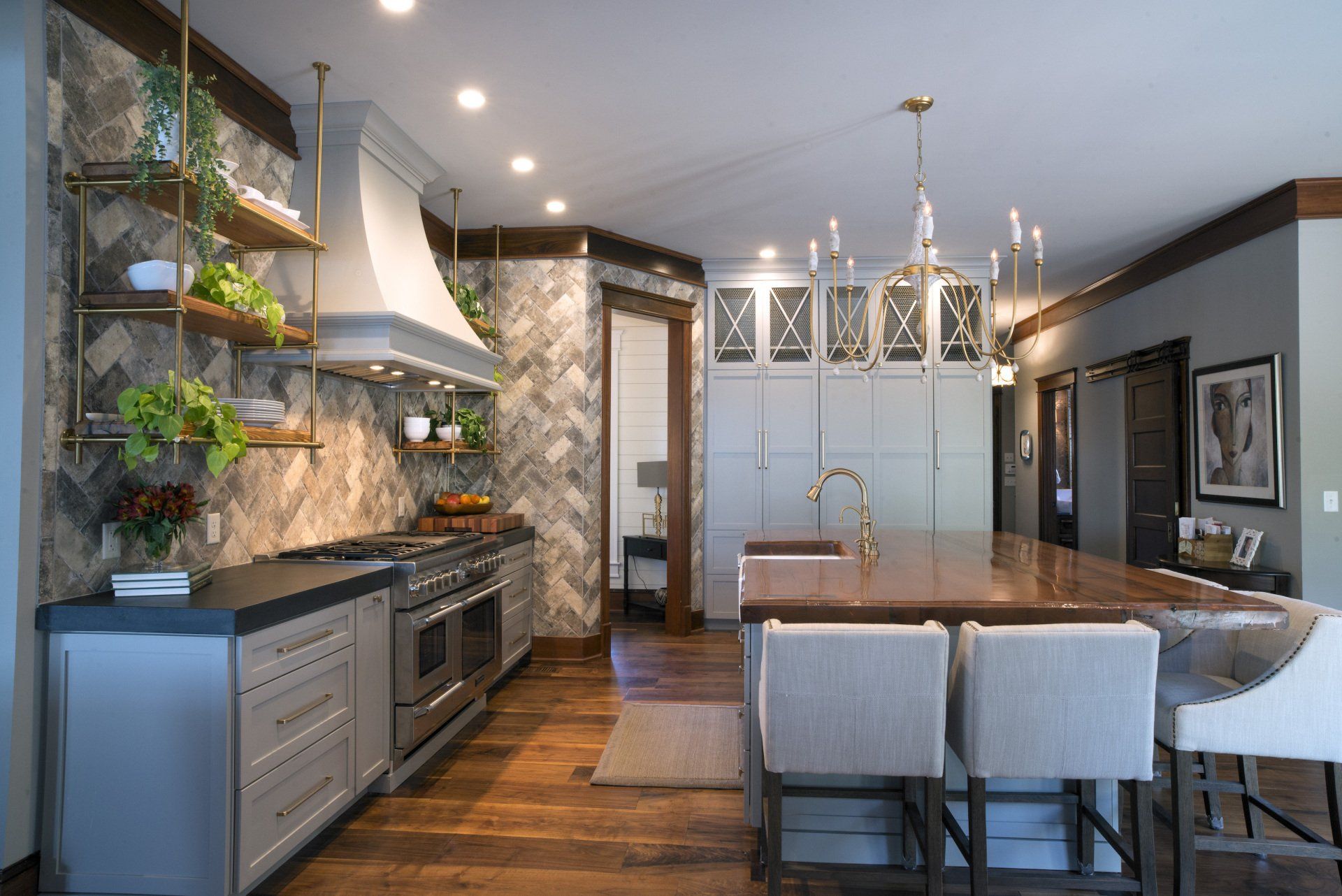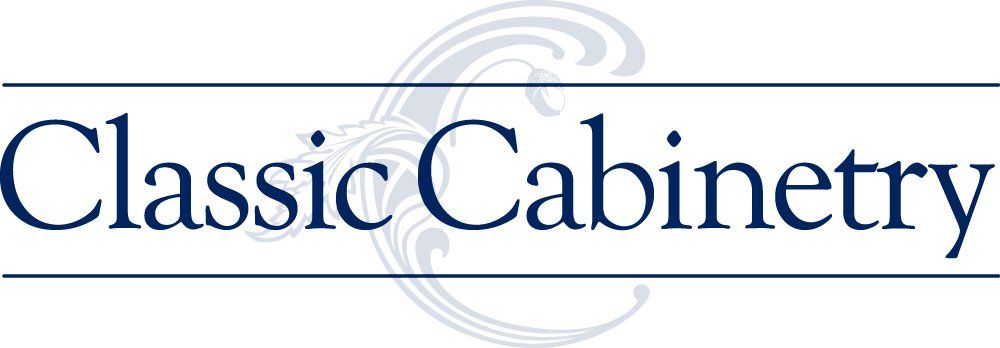For many homeowners in Chattanooga, the kitchen is more than just a place to cook; it's a space that can contribute to a healthier lifestyle, focusing on nutrition and overall well-being. According to the 2024 Kitchen Trend Research Report by the National Kitchen and Bath Association, the trend of designing kitchens to promote wellness is expected to grow in the coming years. Here are key features to consider when creating a kitchen that fosters health and nutrition.
Natural Light:
Embrace the benefits of natural light by incorporating windows, doors, and skylights into your kitchen design. Natural light not only promotes well-being but also boosts positive moods, creating a vibrant and inviting atmosphere.
Open Layouts:
Foster social interaction and family meals with an open kitchen layout. Large kitchen islands provide opportunities for family members, friends, and guests to collaborate, work, and socialize in the space, making it a central hub for connection.
Indoor Gardens:
Grow your own food for a fresher and healthier experience. Consider designating spaces for indoor hydroponic and herb gardens, utilizing grow lights, and placing them in pantry spaces to seamlessly integrate greenery into your kitchen.
Recycling and Composting:
Promote sustainable living by incorporating recycling and composting solutions. Concealed composting bins help reduce waste and odors, aligning your kitchen with environmentally conscious practices.
Ergonomic Designs:
Reduce physical strain with ergonomic designs. Optimize countertop, cabinet, and appliance heights to minimize bending, making cooking and meal preparation more accessible and less physically taxing. For example, place dual ovens horizontally instead of vertically if there is sufficient space to do so.
Proper Ventilation:
Ensure good air quality by investing in effective ventilation systems. Statement-making range hoods not only serve a vital functional purpose, but also become a captivating focal point in your kitchen.
Natural and Healthy Materials:
Connect with nature by using natural materials like wood, natural stone, and quartz. These elements promote serenity and a connection to the environment, creating a harmonious kitchen space.
Three Layers of Lighting:
Illuminate your kitchen effectively with three layers of lighting—task lighting for food preparation, ambient lighting for mood, and accent lighting to highlight focal points or specific areas.
Glass Front Refrigerators:
Reduce food waste by opting for glass front refrigerators. By making the contents visible, especially perishables, you're more likely to use and consume items efficiently.
Ease of Navigation:
Streamline your kitchen for easy navigation, ensuring quick access to tools and ingredients necessary for healthy cooking.
Meal Planning Space:
Dedicate a space for meal planning to help track nutrition goals, plan meals, and effortlessly create grocery lists.
Smart Storage Solutions:
Enhance organization with pull-out shelves, deeper drawers, and adjustable shelving. Smart storage solutions make it easier to maintain an organized and user-friendly kitchen.
Ready to transform your kitchen into a haven of health and wellness? Give us a call at 423-266-0077 or make an appointment to visit our showroom either in person at 2601 Broad St. Let us guide you in creating a kitchen that not only enhances your culinary experience but also promotes a better, healthier, and more enjoyable lifestyle for you and your family.





